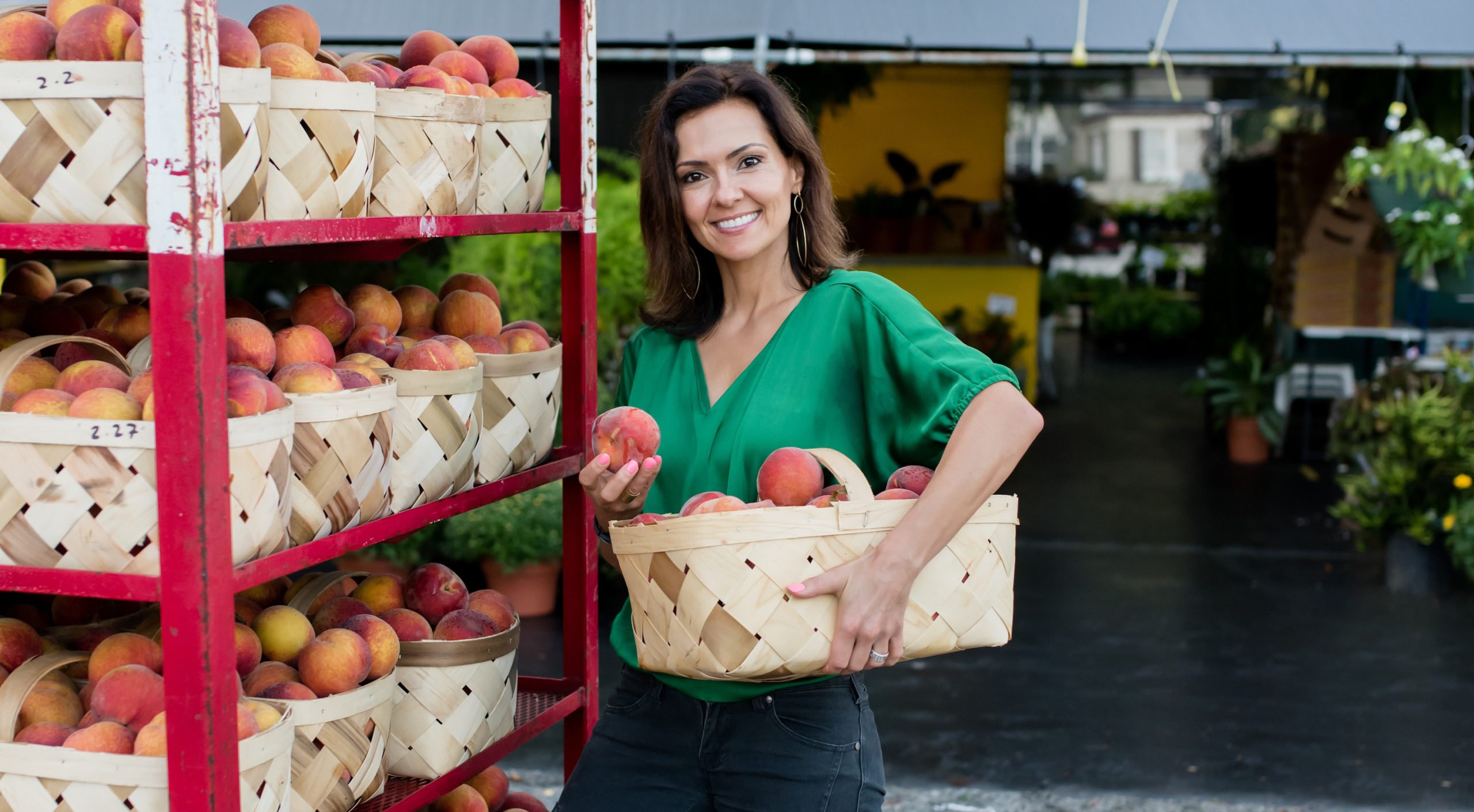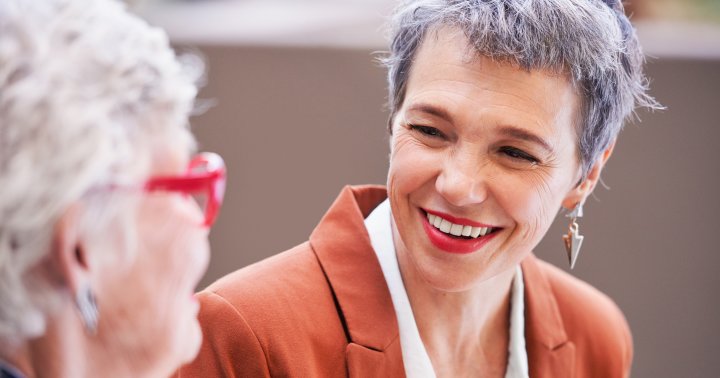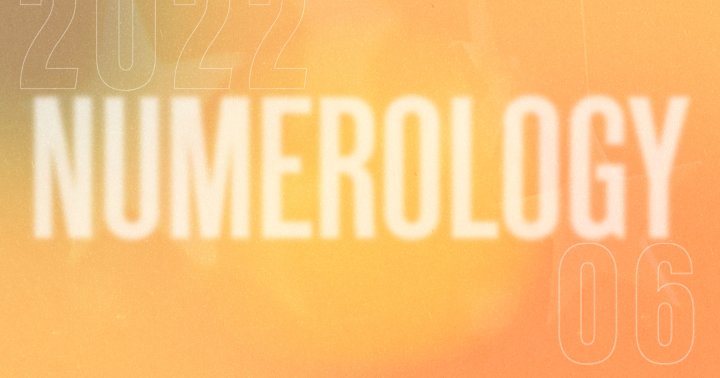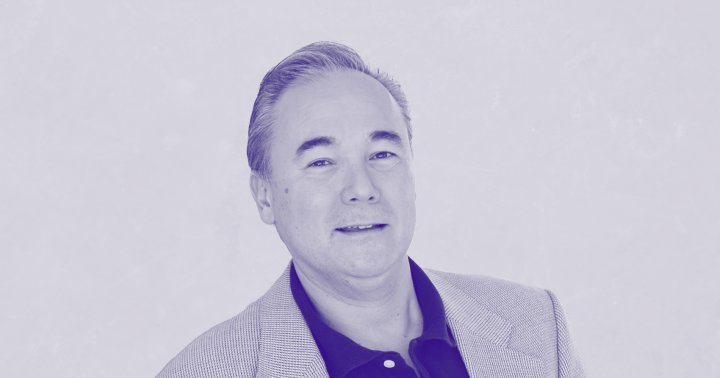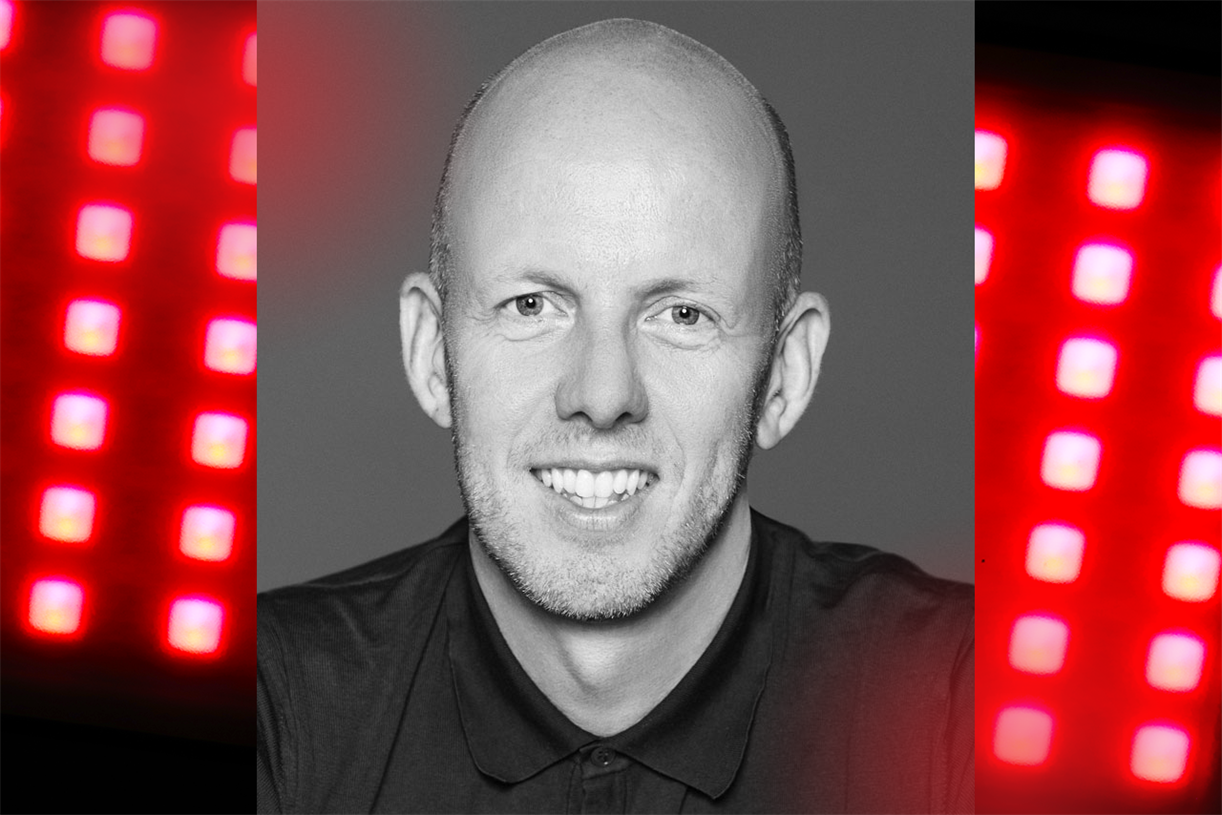A Gateway to Freedom
Freeing your mind in the face of suffering and the resistance that comes with it The post A Gateway to Freedom appeared first on Tricycle: The Buddhist Review.
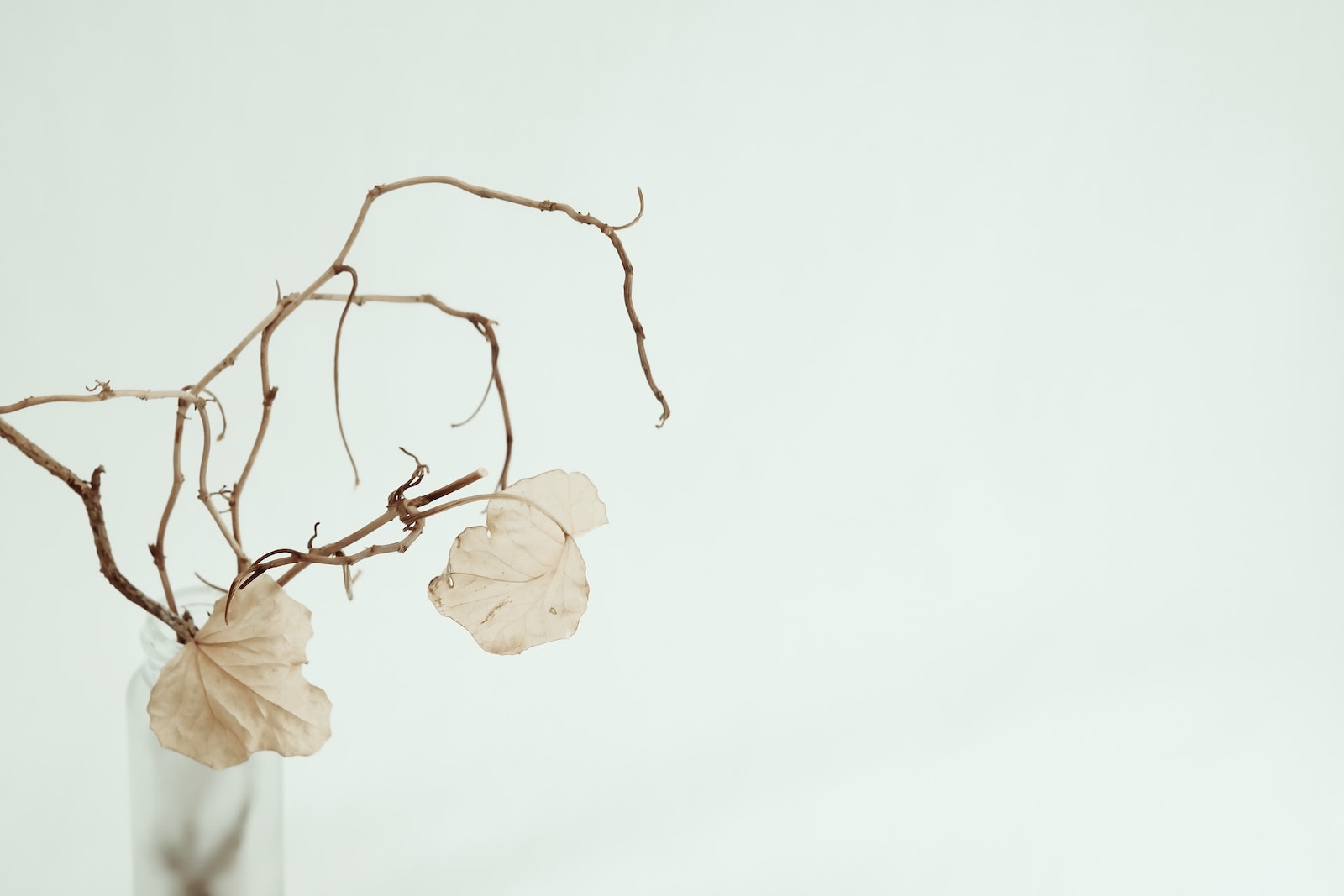
This article was originally published in Tricycle’s Winter 2022 Issue. To learn more about Vidyamala Burch’s offerings, enroll in her upcoming course, “Freeing the Mind When the Body Hurts.”
I have lived with spinal pain and paralysis for 46 years as a result of accidents and surgeries in my teens. It has been a harrowing path at times, but the dharma has provided a clear map for training my mind and heart to work with me rather than against me. This has been remarkably encouraging and has given me great confidence in the Buddhist path.
I’ve gained much guidance from an early Buddhist text, the Sallatha Sutta (Samyutta Nikaya 36.6), in which the Buddha gives practical, accessible, and wise counsel about how to change our relationship with pain.
Asked to describe the difference between the response of a wise person and that of an ordinary person to pain, the Buddha uses the analogy of someone pierced by an arrow:
When an ordinary person experiences a painful bodily feeling they worry, agonize, and feel distraught. Then they feel two types of pain, one physical and one mental. It’s as if this person were pierced by an arrow, and then immediately afterward by a second arrow, and they experience the pain of two arrows.
And of course, in reality, when we are struggling with pain, it can feel as if we are pierced by a whole volley of second arrows that quickly traps us in a web of suffering and despair.
The Buddha also clearly states that the wise person will still experience the first arrow, as physical pain comes with having a human body. But he adds this:
When a wise person experiences a painful bodily feeling, they don’t worry, agonize, and feel distraught, and they feel physical pain but not mental pain. It’s as if this person were pierced by an arrow, but a second arrow didn’t follow it, so they only experience the pain of a single arrow.
I love the way this is so simply stated: that the difference between an unwise person and a wise person lies in how they respond to pain, not in whether or not they achieve an absence of pain. It’s a relief to know that pain comes with life so that we can stop judging ourselves when it arises. But the Buddha shows clearly how the pain of one arrow is infinitely easier to bear than the pain of multiple arrows.
The Buddha very clearly states the cause of the second arrow when he says:
Having been touched by the painful feeling (of the first arrow), an ordinary person resists and resents it. They harbor aversion to it, and this underlying tendency of resistance and resentment toward that painful feeling comes to obsess the mind.
This corresponds exactly to my own experience living with a painful body. I have watched my mind closely over many years and have taught tens of thousands of other people, and I can report from the front line: it is indeed true that it isn’t the unpleasant sensations in the body that cause the bulk of distress. It is the resistance and resentment and the rapid cascade of physical, mental, and emotional secondary reactions that can ruin a human life.
So how can we go beyond this resistance and resentment? How can we learn to let go of these understandable tendencies? And does the sutta’s teaching apply only to physical pain, or can we apply it to other kinds of suffering?
Through my own practice and teaching I have come to see how the core principle of letting go of resistance and resentment applies to any kind of difficulty. Perhaps we can take heart from this knowledge: in the turbulent times we live in, with their widespread social difficulties, climate change, and geopolitical instability, we can’t control the externals of our world, but we can have agency over how we respond and move from resistance and struggle to resilience, courage, and compassion—both toward ourselves and toward others.
How wonderful that such a pure and simple teaching from twenty-five hundred years ago can give us practical guidance in the modern world!
It’s a relief to know that pain comes with life so that we can stop judging ourselves when it arises.
For the past twenty years I have been passing on these precious tools through my work of offering Mindfulness-based Pain Management (MBPM) to others who are suffering. It never fails to move and inspire me when I witness people, sometimes living with great pain or illness, harnessing the power of their minds to reclaim their lives.
A core practice within MBPM is the Compassionate Acceptance meditation. In this practice we learn to open to whatever is present and to cultivate a middle way between practicing denial and avoidance on the one hand and allowing oneself to be overwhelmed on the other. And crucially, we learn to respond to whatever is arising with kindness, tenderness, and love, and to feel into the fluid and changing nature of all experience.
This practice also shows us how letting go of resistance and resentment is not the same as passive resignation. It requires a quality of awareness that is an exquisite balance of being receptive to whatever arises, just as it is, while one also cultivates a creative response. I always say that the behavioral outcome of mindfulness and compassion is choice. Rather than feeling like a victim of circumstances, we can choose a wise and kind response in every moment.
Start by establishing a comfortable posture—either sitting or lying down, whichever posture will be most comfortable for you.
Gently surrender the weight of your body to gravity so the body settles and rests on the bed, the floor, or the chair. Can you let go into a sense of how gravity gently draws your body down toward the floor and holds you and supports you? Can you get a sense of yielding into the surface you are resting upon rather than perching on top of it? If you’d like to, take a few deeper breaths, then let go and release a little bit more with each out-breath. Let yourself arrive in the body and the moment more and more fully.
When you’re ready, allow your breathing to find its own natural rhythm, and allow your awareness to rest inside breathing, inside the whole body, rather than thinking about breathing as an idea. Allow your whole body to be rocked and cradled by the breath—the front, the sides, and the back of the body.
And now, with great tenderness, gently open your awareness to include your pain, discomfort, fatigue, or any difficulty that you’re experiencing. Include it in your awareness with the kind of attitude that you would naturally have toward a loved one who is hurting or injured. If your difficulty is more mental or emotional, see if you can find its echo in your body—maybe tight hands or jaw, or a tight belly—and rest your awareness there. Breathe softly with this experience for a few moments.
If it feels frightening to be with your difficulty in this way, then gently breathe with the fear, coming back to rest your awareness in the breath in the body. And if your breathing becomes disturbed for any reason, then feel free to move into another stabilizing “object of awareness.” This could be the hands, the feet, the bottom sitting on the chair; you can also rest your awareness in sounds. Move back inside breathing if or when you feel ready.
As you open to your experience a little more, notice how you respond to your pain or difficulty. You’ll probably find that you are tending toward a hard, resistant, blocked, or numb stance; or you may be tending toward a sense of overwhelm, such that your pain is dominating your whole awareness. Both attitudes are normal expressions of resistance, and we all tend toward one or the other at different times.
If you notice that you’re a bit blocked or numb, then choose to open a bit more to the painful or tight sensations in your body and very, very gently breathe into the experience. Softening, softening with each breath.
If you start tipping into overwhelm, then choose to broaden the awareness to include other experiences as well: different parts of the body, including areas that aren’t in pain; different sounds, smells, or other senses. Stay grounded and embodied, but choose to place your pain within a broad field of awareness.
Spend time exploring your experience in this way, coming closer to your experience, applying tenderness if you feel blocked or avoidant and broadening awareness if you feel overwhelmed. Always look for the middle way between these extremes through this sensitive and responsive awareness.
As you explore your experience in this way, see whether you can notice how sensations are always changing and how no two moments of “pain” are exactly the same. Maybe as you come closer to your actual experience, you realize, for example, that it’s just your lower back that’s hurting, rather than your whole back as you’d previously thought. Can you apply this precise investigation of experience to whatever your particular difficulty is? And maybe you discover that some of the sensations have aspects to them that are pleasant—things like tingling. Or you may even feel a sense of relief in your heart now that you’re finally turning toward your difficulty and meeting it with kindness and curiosity rather than being locked in battle, struggle, and strain with it, which just leads to more and more suffering and tension.
And what about your thoughts and emotions? Are you having any thoughts and emotions about your pain or difficulty? Can you let them come and go moment by moment—neither suppressing them nor overidentifying with them? Can you let them go as you rest with the basic sensations in the body moment by moment, held by the kindly breath?
Be sure to cultivate an attitude that is patient, gentle, and tender.
Now saturate the breath with self-compassion. As you breathe in, let a felt imaginative sense of kindliness flow into your whole body; and as you breathe out, imagine kindliness flowing out into and saturating your whole body. Breathe with a deep sense of kindliness, care, tenderness, and compassion toward yourself.
Allow the whole body, including any pain or discomfort that may be present, to be rocked and cradled by the breath. If you still feel dominated by resistance, allow that to be saturated by the kindly, gentle breath without judgment. Accept all your experience with great tenderness.
When you feel ready, bring the meditation to a close.
I hope you have found this practice helpful. The central approach of cultivating a middle way between denial and overwhelm, softening resistance, and releasing into flow and kindness can be taken into all the activities of daily life. Moving again and again from fighting to flowing can indeed be a beautiful gateway to freedom.

 Konoly
Konoly 







